As vaping grows in popularity, many are asking: Is second hand vape bad for your health? While often seen as safer than traditional tobacco smoke, emerging research shows that exposure to second hand electronic cigarette aerosol isn’t risk-free. This comprehensive guide examines the scientific evidence and health implications for different groups.
What Is Secondhand Vape?
Second hand vape refers to the aerosol exhaled by e-cigarette users into the surrounding air. Unlike traditional cigarette smoke that contains thousands of harmful chemicals, vape aerosol primarily consists of propylene glycol, vegetable glycerin, nicotine, and flavorings. However, when non-users inhale these substances, particularly in enclosed spaces, potential health concerns emerge.
Is Second Hand Vape Bad for You? Key Health Concerns
Multiple studies have identified several areas of concern regarding second hand vapor exposure:
-
Nicotine Exposure: Many e-liquids contain nicotine, which can be absorbed by bystanders through passive inhalation
-
Ultrafine Particles: These microscopic particles can penetrate deep into the lungs, potentially causing respiratory irritation
-
Volatile Organic Compounds (VOCs): Chemicals like formaldehyde and acrolein may form under high-temperature vaping conditions
-
Heavy Metals: Trace amounts of nickel, tin, and lead can be present in exhaled aerosol
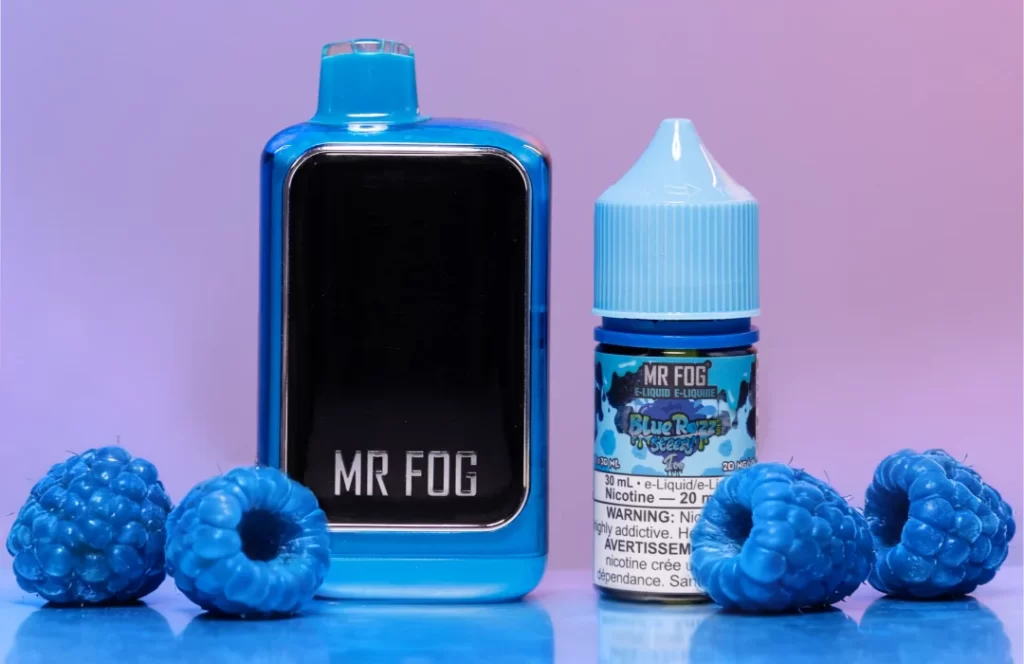
Specific Risk Groups: Who’s Most Vulnerable?
Is Second hand Vape Bad for Pregnancy?
Yes. Pregnant women should avoid secondhand vape exposure due to nicotine’s documented effects on fetal development. Nicotine can disrupt brain development and increase risks of preterm delivery and low birth weight.
Is Second hand Vape Bad for Kids?
Children are particularly vulnerable because their respiratory systems are still developing. Exposure to nicotine may affect brain development, while the ultrafine particles can trigger or worsen respiratory symptoms. The sweet scents of vape flavors also pose accidental ingestion risks.
Is Second hand Vape Bad for Asthma?
Absolutely. The fine particles and chemical components in vape aerosol can trigger asthma attacks and worsen respiratory symptoms in sensitive individuals. Multiple studies have documented increased coughing, wheezing, and shortness of breath in asthmatics exposed to secondhand vapor.
Is Second hand Vape Bad for Pets?
Is secondhand vape bad for dogs and cats? Yes, pets face unique risks. Their smaller size and different metabolism make them more susceptible to nicotine toxicity from secondhand vape. Additionally, the propylene glycol in some e-liquids can be harmful to cats specifically.
Second hand Vape vs Second hand Smoke: Key Differences
While traditional cigarette smoke contains thousands of chemicals and at least 70 known carcinogens, vape aerosol generally contains fewer toxic compounds. However, “less harmful” doesn’t mean “harmless,” especially with prolonged exposure in poorly ventilated spaces.
How to Minimize Second hand Vape Risks?
-
Avoid vaping indoors, especially in confined spaces
-
Establish vape-free zones in homes with children, pregnant women, or sensitive individuals
-
Support smoke-free and vape-free policies in public places
-
Ensure proper ventilation if vaping occurs indoors
The Bottom Line: Is Second hand Vape Bad?
Current evidence suggests that while secondhand vape is likely less dangerous than secondhand smoke, it’s not completely safe. The health risks appear particularly significant for vulnerable groups including children, pregnant women, asthmatics, and pets. Until more comprehensive long-term research is available, taking precautionary measures to minimize exposure represents the safest approach for non-users.






 MR FOG AURA
MR FOG AURA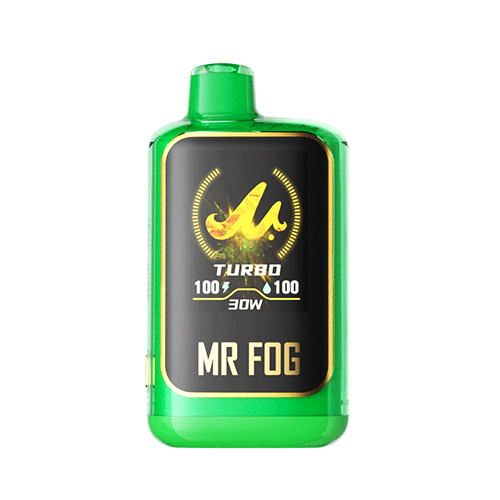 NOVA Apple Steezy
NOVA Apple Steezy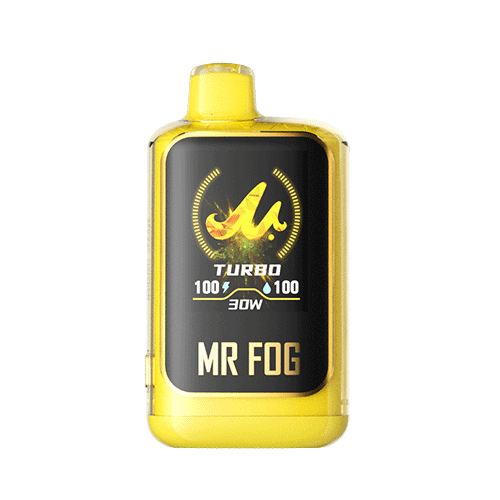 NOVA Banana Steezy
NOVA Banana Steezy NOVA Popup Series
NOVA Popup Series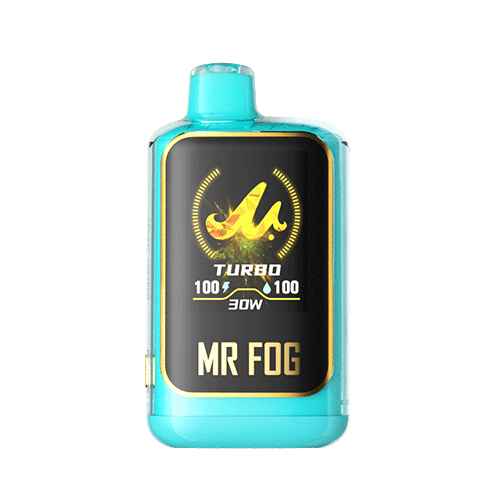 NOVA Bubble Gang
NOVA Bubble Gang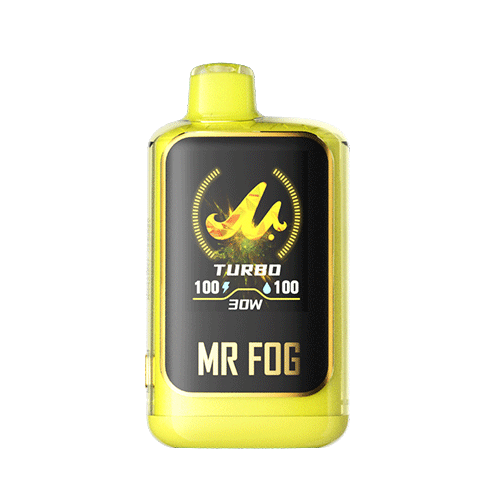 NOVA Lemon Steezy
NOVA Lemon Steezy AURA
AURA NOVA Series
NOVA Series SWITCH 15000
SWITCH 15000 MAX AIR 8500
MAX AIR 8500 SWITCH 5500
SWITCH 5500 Blue Razz Steezy
Blue Razz Steezy Mellow Man
Mellow Man Apple Steezy
Apple Steezy Banana Steezy
Banana Steezy Berry Steezy
Berry Steezy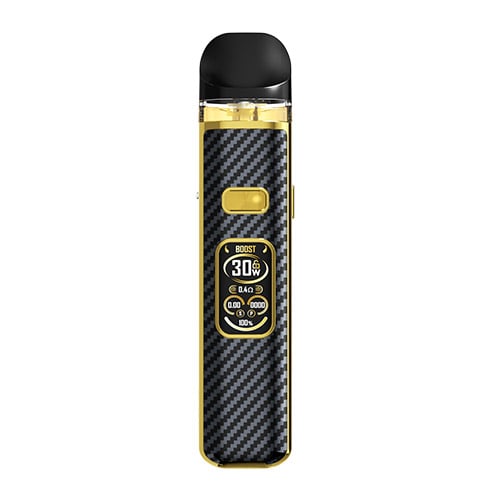 DRT
DRT Nicotine Pouches
Nicotine Pouches MR FOG AURA
MR FOG AURA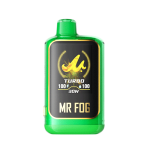 NOVA Apple Steezy
NOVA Apple Steezy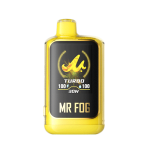 NOVA Banana Steezy
NOVA Banana Steezy NOVA Popup Series
NOVA Popup Series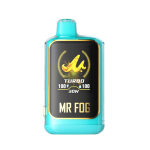 NOVA Bubble Gang
NOVA Bubble Gang NOVA Lemon Steezy
NOVA Lemon Steezy AURA
AURA NOVA Series
NOVA Series SWITCH 15000
SWITCH 15000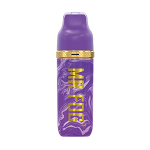 MAX AIR 8500
MAX AIR 8500 SWITCH 5500
SWITCH 5500 Blue Razz Steezy
Blue Razz Steezy Mellow Man
Mellow Man Apple Steezy
Apple Steezy Banana Steezy
Banana Steezy Berry Steezy
Berry Steezy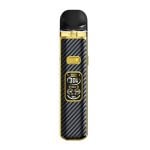 DRT
DRT Nicotine Pouches
Nicotine Pouches